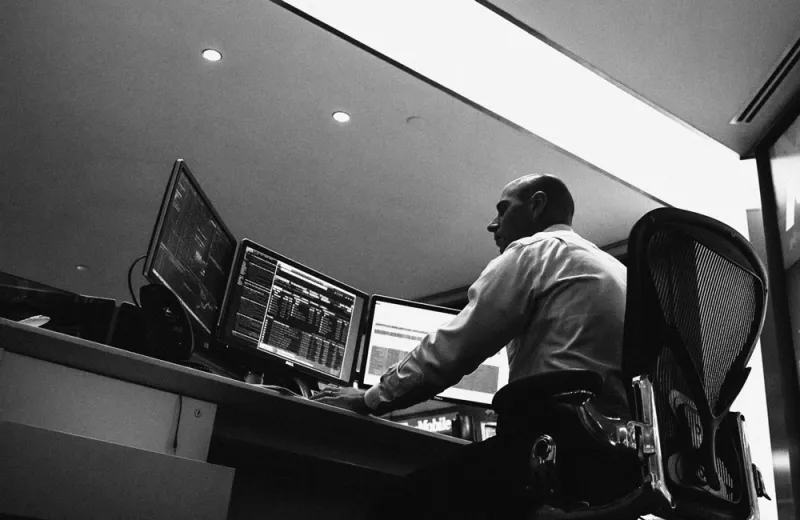The decline in public markets may translate into an opportunity for investors in secondary transactions in private equity funds. During the last downturn in 2008, institutions, including pensions and endowments, sold stakes in long-term funds at big discounts to raise much-needed cash.
In a letter available only to clients, Jeff Diehl, head of investments at Adams Street, wrote that some limited partners might be pressured to sell their private market holdings at a discount. “Fear, illiquidity, and asset allocation constraints have tended to lead to terrific buying opportunities in times of dislocation,” according to Diehl. “In private markets, these typically have appeared first in the secondary market as liquidity constrained and over-allocated LPs begin to sell private equity holdings.”
Diehl told II that investors may find themselves in the same liquidity trap as they did during the global financial crisis. University endowments, for example, forecast the annual liquidity they expect from private equity, which can be used to help fund the operations of their university. “During the GFC, some endowments basically didn’t generate the cash flow they expected from private equity because of a slowdown in IPO and M&A activity,” Diehl said. Therefore, they were forced to sell private equity assets in the secondary market, which created “compelling buying opportunities” for secondary investors.
At the same time, the prices of secondaries will fall in line with listed securities, even if more gradually. According to Diehl, private and public multiples generally move in the same direction, although private valuations “have nearly always adjusted more slowly and more modestly.” Private companies have already seen price decreases across various private company trading platforms this year.
He added that secondary investors at Adams Street “are excited about the new deal opportunities they expect in the coming months given current market volatility.”
The private equity secondary market only crossed the $100 billion milestone for the first time in 2021. Thanks to the rise of private markets and secondary transactions led by general partners, the secondary market reached a record high of $135 billion in value last year, according to Campbell Lutyens. McKinsey also reported that the average secondary traded at roughly 90 percent of net asset value in 2021, a sign that there were few forced sellers. More than 88 percent of transactions led by general partners and over half of investor-led transactions were priced at more than 95 percent of NAV, according to McKinsey.
Diehl warned investors of the risks of selling their private holdings during public market upheavals. “When public markets dislocate, some LPs can quickly become over-allocated to private markets since moves in the latter typically lag and are more muted,” he wrote. This might lead to an unintended consequence where LPs reduce their private investments to balance out the underexposure to public markets. But such actions, he continued, “often cause LPs to miss out on some of the best vintage years in the history of private markets.”
Not only could investors miss out on some top performing funds, they could end up holding some of the worst.
Investors “often find themselves increasing commitments to future vintage years that have historically been less attractive than the vintage from which they abstained or sought to sell,” according to Diehl. “This is an unintended market timing bet.”
But Diehl acknowledged that some institutional investors simply have no choice but to follow their asset allocation mandates and sell their private equity holdings. “Just like the GFC collapse in 2008, public markets move down more quickly than private markets do. It takes more time for those [private market] portfolios to get marked down, which creates this over-allocation problem for a lot of institutional investors.”





